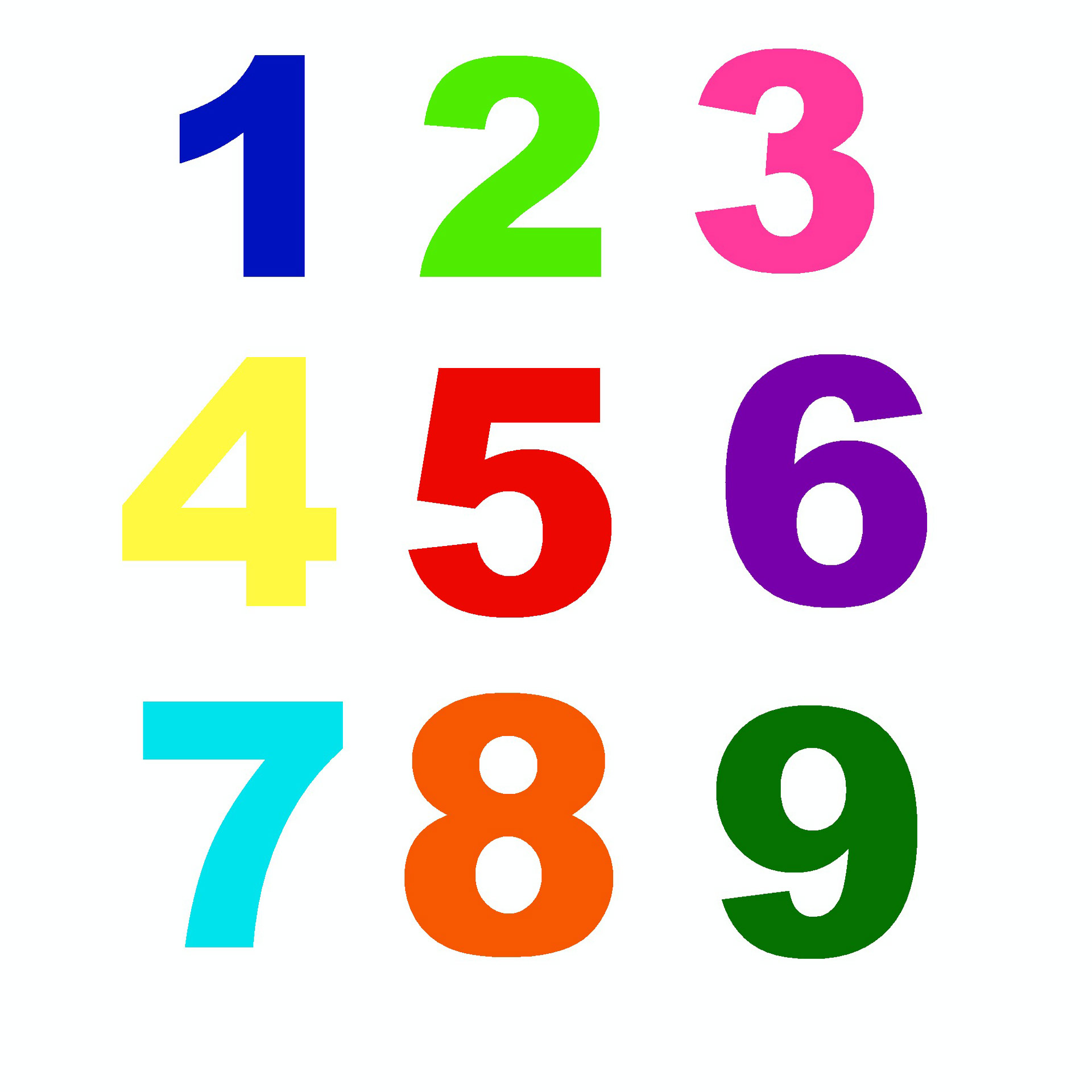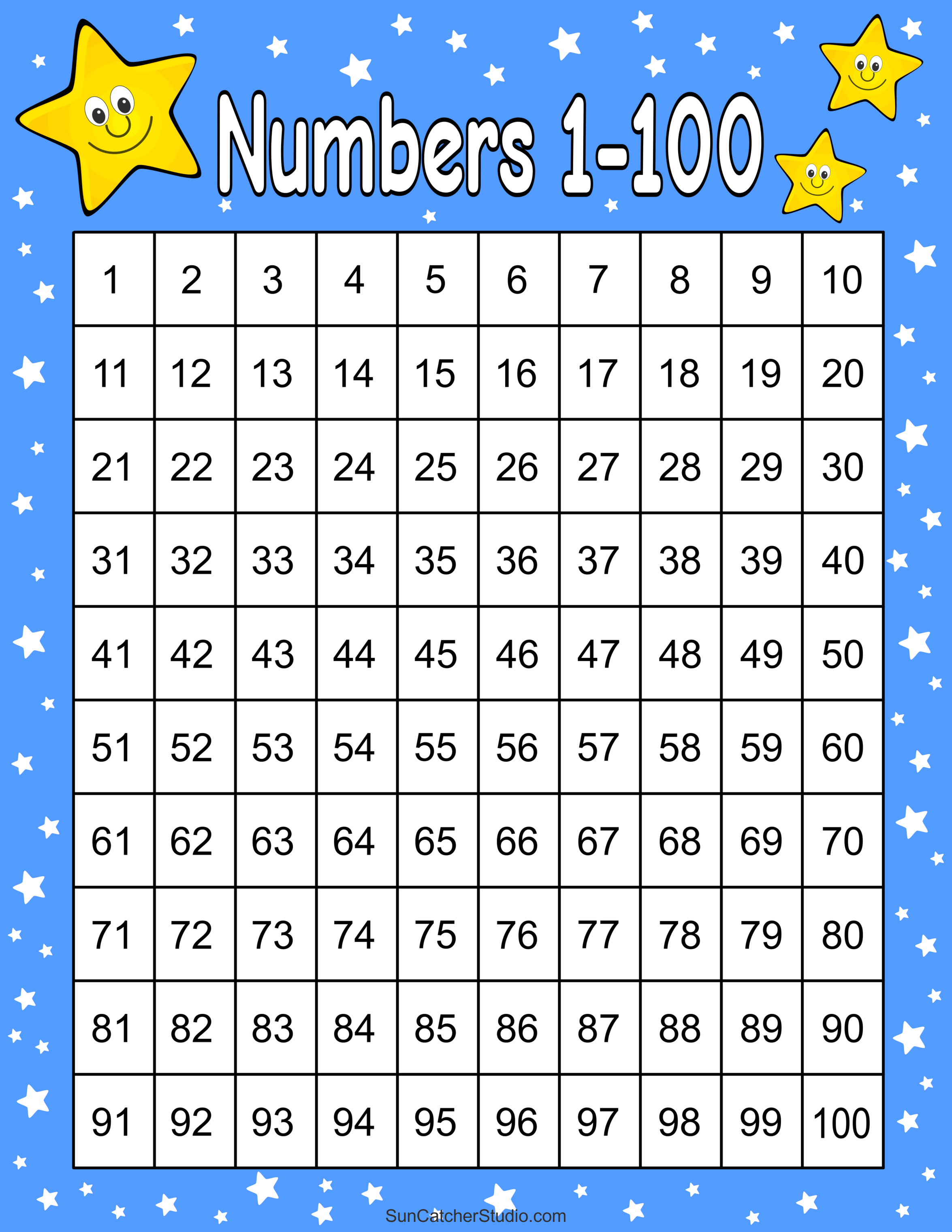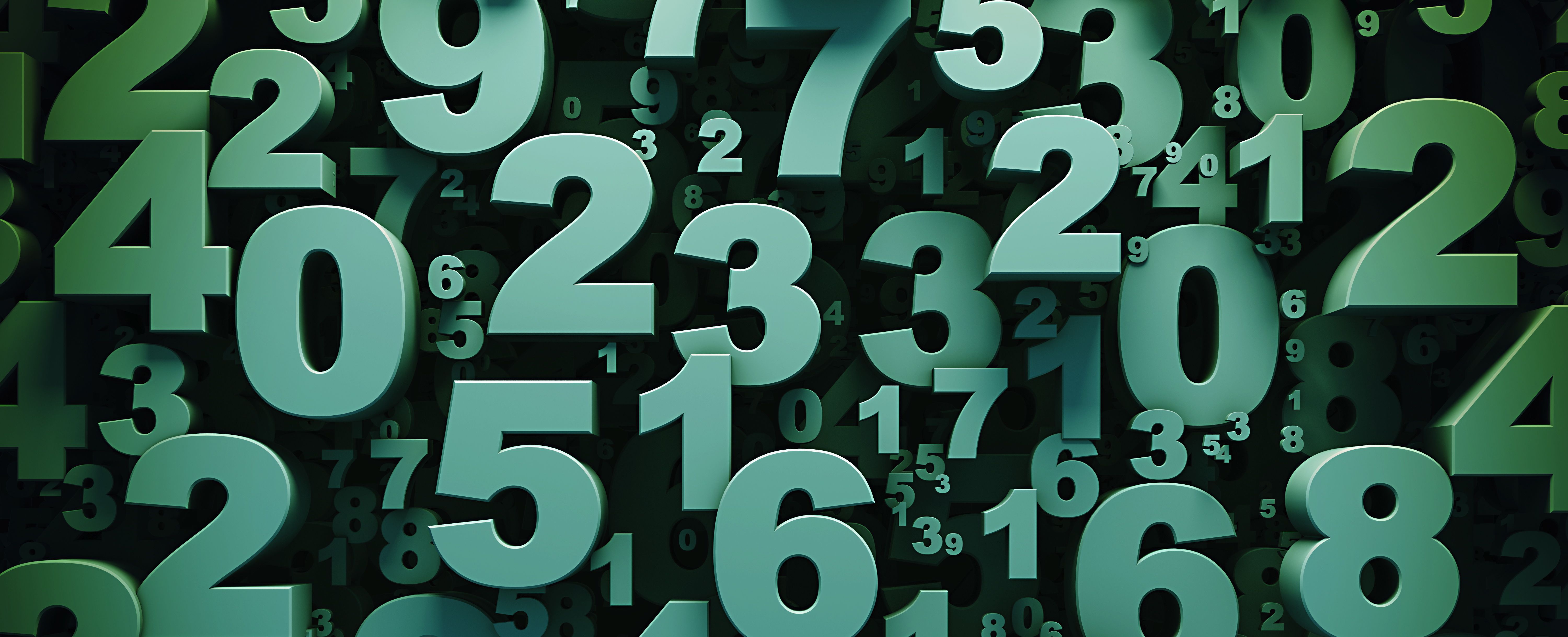Numbers You Shouldn't Call: When Mathematical Ideas Get Tricky
Have you ever heard the phrase "numbers you shouldn't call" and instantly thought of scam phone lines or prank calls? You know, those mysterious digits that might lead to trouble if dialed. Well, today, we're taking a different path, a rather interesting turn into the world of mathematics itself. We're not talking about phone numbers that cause headaches, but rather the very building blocks of counting and measurement. These are the numerical ideas that, if not approached with care, can lead to confusion, mistakes, or just a general sense of being lost.
Numbers, you see, are everywhere in our daily routines. They help us understand and organize the world around us. From counting how many apples you have to figuring out how much time is left until dinner, numbers are a basic component of our lives. They are arithmetic values, used to count, to measure, to label, or to represent quantity, as a matter of fact. We write or talk about numbers using numerals, such as 4 or four, and they are really ideas in our minds.
Yet, some of these numerical concepts can be a bit like a puzzle, a little tricky to fully grasp. They might seem simple at first glance, but they hold subtle depths that can trip us up. This piece explores some of those specific numerical ideas, the ones that perhaps we "shouldn't call" upon lightly without truly understanding their unique properties and quirks. It's about recognizing when a number isn't just a number, but a concept that needs careful thought, essentially.
Table of Contents
The Elusive Nature of Zero
Infinity: Not Just a Big Number
The Puzzling World of Negative Numbers
Fractions and Decimals: Precision Matters
Irrational Numbers: Beyond Simple Ratios
Numbers in the Real World: Beyond the Pure Idea
Understanding Prime Numbers: A Special Group
Odd and Even Numbers: Simple Yet Fundamental
The Elusive Nature of Zero
Let's begin with zero. It seems so simple, doesn't it? Just a placeholder, a way to show nothing is there. But zero is, in some respects, one of the most powerful and, arguably, misunderstood numbers we have. It is an arithmetic value, like any other number, but its special role makes it quite unique. You know, it's not just "nothing."
Consider division, for instance. We are taught early on that you cannot divide by zero. Trying to do so leads to an undefined result, a mathematical impossibility. If you have ten cookies and zero friends to share them with, you still have ten cookies. You can't distribute them into zero groups. So, in that case, trying to "call" upon division by zero is something we definitely should not do.
Zero also plays a huge role in place value. In the number 10, the zero tells us that the 1 is in the tens place, not the ones place. Without zero, our number system would be incredibly difficult to manage. It helps us represent quantity and organize our counts, so it's a bit of a quiet hero, really.
Another point about zero is its role in addition and subtraction. Adding zero to any number leaves the number unchanged. Subtracting zero also leaves it unchanged. It acts like a neutral element for these operations, which is quite a special property. This makes zero, essentially, a very foundational idea in mathematics, and one that deserves proper respect for its unique characteristics, you know.
Infinity: Not Just a Big Number
When we talk about numbers that you shouldn't "call" without serious thought, infinity comes to mind immediately. Infinity is not a number in the way that 5 or 10 are numbers. It is a concept, a symbol representing something without end. We use numbers to count to infinity, but we can never actually reach it, more or less.
People often treat infinity like a very, very large number, and that's where the trouble starts. You can't add to infinity and get a "bigger" infinity in the usual sense. Infinity plus one is still infinity. Infinity minus infinity can lead to all sorts of confusing results, like zero, or even infinity itself, depending on how you get there. So, you know, it's not a simple calculation.
The concept of infinity pops up in many areas of mathematics, from calculus to set theory. It helps us talk about things that go on forever, like the number of natural numbers (1, 2, 3, and so on). The set of natural numbers is denoted as "N" and it includes N = {1, 2, ...}. This set, arguably, goes on forever.
Thinking about different "sizes" of infinity, as some mathematicians do, can really bend your mind. There are, apparently, more real numbers between 0 and 1 than there are natural numbers, even though both sets are infinite. This shows that infinity is a concept that needs careful handling, a bit like a powerful tool that can be misused if its true nature isn't understood.
The Puzzling World of Negative Numbers
Negative numbers are another type of number that can be a little tricky, especially for young learners. We are used to counting things we have: positive integers from 1 to infinity. But negative numbers represent amounts less than zero, like temperatures below freezing or money owed. They are, in a way, a step beyond our basic counting numbers.
Operations with negative numbers can be quite confusing. When you subtract a negative number, it's like adding a positive one. For example, 5 minus negative 3 is actually 5 plus 3, which equals 8. This often feels counter-intuitive to people, so it's something to be careful with, honestly.
Multiplication and division with negative numbers also have their own rules. A negative number multiplied by a negative number gives a positive result. This can seem odd at first glance, but it is how the number system works to maintain consistency. Understanding these rules is important to avoid mistakes when doing calculations with numbers, you know.
Negative numbers are an integral part of our everyday lives, whether we realize it or not. They show up in financial statements, sports scores, and even elevators going down into the basement. So, while they might seem a bit puzzling at first, grasping their behavior is quite important for a full picture of how numbers work, basically.
Fractions and Decimals: Precision Matters
Fractions and decimals are ways we represent parts of a whole. A number is a count or measurement, and sometimes that measurement isn't a neat, whole number. We use fractions like 1/2 or decimals like 0.5 to show these parts. These are, in a way, more precise ways of expressing quantities.
The trickiness with fractions and decimals often comes from their conversion and the need for precision. A fraction like 1/3, when converted to a decimal, becomes 0.333... an infinitely repeating decimal. When you use this in calculations, you often have to round it, which introduces a slight inaccuracy. This can be problematic in situations where exactness is absolutely needed, you know.
Adding, subtracting, multiplying, and dividing fractions and decimals also requires specific steps. You need common denominators for addition and subtraction of fractions, for example. These operations are different from those with whole numbers, and if you "call" upon them without remembering the rules, you can easily get the wrong answer, honestly.
Think about measurements in cooking or building. If a recipe calls for "half a cup" (1/2), you need to be precise. If you approximate it, the outcome might be different. So, understanding how to work with these partial numbers is quite important for practical situations, and stuff.
Irrational Numbers: Beyond Simple Ratios
Then we have irrational numbers. These are numbers that cannot be expressed as a simple fraction, a ratio of two whole numbers. Pi (approximately 3.14159...) is the most famous example. The square root of 2 is another. These numbers, as a matter of fact, have decimal representations that go on forever without any repeating pattern.
The idea that a number can't be written as a neat fraction can be a bit hard to grasp. It means you can never write down the exact value of Pi as a decimal; you can only approximate it. This makes them "numbers you shouldn't call" for exact representation in decimal form, because you'll always be slightly off, you know.
These numbers are incredibly important in geometry, physics, and engineering. Pi, for instance, is essential for anything involving circles. The square root of 2 shows up in the diagonal of a square. So, while they can't be perfectly expressed, their conceptual presence is absolutely vital for many calculations, basically.
The discovery of irrational numbers was a big moment in the history of mathematics. It showed that the number line was far more full than people initially thought. They challenge our basic idea of numbers as simple counts or ratios, and instead show a deeper, more complex layer to the numerical world, in a way.
Numbers in the Real World: Beyond the Pure Idea
Sometimes, the "numbers you shouldn't call" are not about the numbers themselves, but how they are used, or rather, misused, in real-life situations. Numbers are symbols we use to count, measure, and describe things. They are everywhere in our daily lives and help us understand and organize the world. However, how they are presented can make a big difference, you know.
Consider statistics. Numbers can be used to present information in a way that seems convincing, but might actually be misleading. A percentage increase can look very impressive, for example, but if the starting number was very small, the actual change might be quite minor. This is why it's important to look at the full picture, not just the number itself. This is something the TV series "Numb3rs" often explored, showing how mathematical principles could be applied to solve complex problems, but also how numbers could be manipulated, too it's almost.
Another example is the difference between an ordinal number and a cardinal number. An ordinal number explains where a number is in order compared to other numbers, like "first" or "second." A cardinal number is a count, like "one" or "two." Mixing these up, or using the wrong type of number for a situation, can lead to confusion, you know. For instance, saying "I have the third amount of apples" when you mean "I have three apples" is not quite right, basically.
Understanding the context and the type of number being used is crucial. Is it a measurement, a count, or a label? Is it an odd or even number? Even numbers are divisible by 2, while odd numbers are not. For example, 4 and 10 are even numbers, while 5 and 7 are not. Knowing these classifications helps us interpret data correctly. So, it's about being smart with how we interpret the numbers we encounter, essentially.
Understanding Prime Numbers: A Special Group
Prime numbers are a very special group of natural numbers. A prime number is a natural number greater than 1 that has no positive divisors other than 1 and itself. Think of 2, 3, 5, 7, 11, and so on. These numbers are, in a way, the "atoms" of the number system because all other natural numbers can be made by multiplying primes together. This concept is quite fundamental, you know.
While not "tricky" in the sense of being misleading, prime numbers are often a focus of deep mathematical study because of their unpredictable pattern. There's no simple formula to find the next prime number, which makes them fascinating and, arguably, a bit mysterious. So, you can't just "call" out the next prime number easily; you have to work to find it, as a matter of fact.
They are used in many modern applications, especially in computer security and cryptography. The difficulty of factoring very large numbers into their prime components is what keeps our online communications safe. So, these seemingly simple numbers have incredibly complex and important real-world uses, basically.
Learning about prime numbers opens doors to understanding fundamental concepts in mathematics. It shows us that even within the seemingly straightforward world of counting numbers, there are layers of complexity and unique properties to explore. It's a reminder that numbers are far more than just symbols; they hold deep structures and relationships, you know.
Odd and Even Numbers: Simple Yet Fundamental
Odd and even numbers are probably one of the first classifications of numbers we learn. Numbers can be classified as odd or even based on their divisibility by 2. Even numbers are numbers that can be divided by 2 with no remainder, like 2, 4, 6. Odd numbers leave a remainder of 1 when divided by 2, like 1, 3, 5. This seems very simple, right?
Yet, even with such a basic concept, sometimes people can get tripped up, especially when doing arithmetic operations. For instance, an odd number plus an odd number always equals an even number (3 + 5 = 8). An even number plus an odd number always equals an odd number (4 + 3 = 7). Knowing these simple rules can actually help in checking your work, or predicting outcomes, honestly.
While these are not "numbers you shouldn't call" because they are inherently problematic, they are fundamental building blocks. Misunderstanding even these basic properties can lead to errors in more complex calculations. It's like knowing the basic rules of a game before you try to play a very complicated strategy, you know.
These classifications are everywhere, from sorting items into pairs to understanding patterns in number sequences. They are a clear example of how basic properties of numbers are integral to our everyday lives and how we organize information. So, mastering these simple distinctions is quite important for any number work, essentially.
Frequently Asked Questions About Tricky Numbers
What makes some numbers "tricky" to understand?
Some numbers are tricky because they challenge our everyday intuition about counting and quantity. For example, zero's role in division, or infinity's endless nature, goes beyond simple counting. They have special rules or properties that require a different way of thinking about them, you know.
Why is it important to understand these "tricky" number concepts?
It's important because these concepts are fundamental to higher mathematics and are used in many real-world applications. Understanding them helps prevent mistakes in calculations, allows for better interpretation of data, and builds a stronger foundation for learning more complex ideas. It really helps you grasp the full picture, basically.
How can I get better at working with these challenging numbers?
Practice is key! Work through examples, try different types of problems, and don't be afraid to ask questions. Breaking down the concepts into smaller parts, and really thinking about what the number represents, can help a lot. Also, seeing how they apply in everyday situations can make them feel less abstract, you know. Learn more about numbers and their properties on our site, and link to this page for more insights into mathematical operations.
Embracing the Nuances of Numbers
So, when we talk about "numbers that you shouldn't call," it's not about avoiding them. Instead, it's about approaching them with a thoughtful mindset. It means taking the time to truly understand their unique characteristics, their rules, and their special place in the vast world of mathematics. Numbers are not just symbols; they are arithmetic values that represent quantity, measurement, and ideas in our minds, and each type has its own story, you know.
From the foundational concept of zero to the mind-bending idea of infinity, each number type offers a chance to deepen our appreciation for how mathematics helps us make sense of the universe. By being mindful of these tricky aspects, we can avoid common pitfalls and use numbers with greater confidence and accuracy. It's about building a solid foundation, basically.
As of November 25, 2023, the world of numbers continues to evolve in how we use and understand them, from complex algorithms to simple daily counts. Discovering the world of numbers truly opens doors to understanding fundamental concepts in mathematics. So, next time you encounter a number that seems a bit puzzling, remember it's an invitation to explore its deeper meaning, and perhaps, not to "call" it without first understanding its unique nature, you know. For more information on various number concepts, you can check out resources like Wikipedia's entry on Numbers, which provides a comprehensive overview.

Numbers Free Stock Photo - Public Domain Pictures

Number Chart With Pictures

Numbers - Dr. Odd